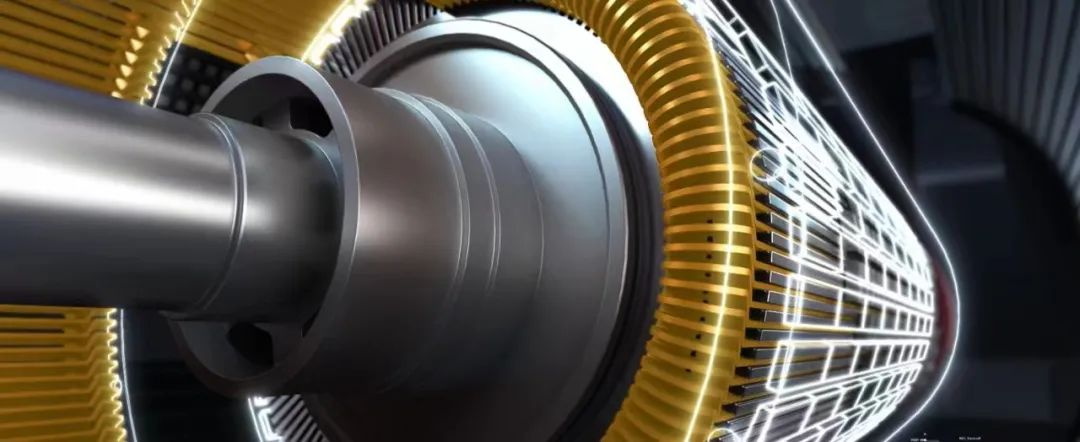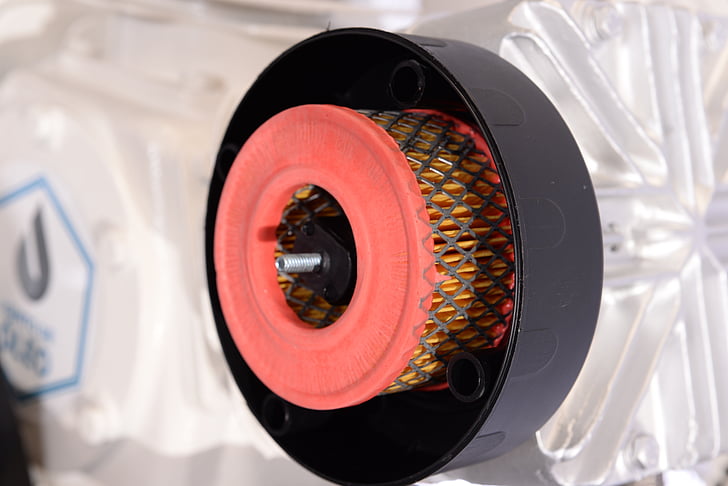As the driving force of modern industry, transportation, energy, and other fields, its performance and innovation are the key to promoting social progress. As a high-performance magnetic material, permanent magnet material plays an important role in motor technology.

Characteristics of permanent magnet materials and their advantages
Due to the special magnetic properties that they have, permanent magnet materials play a role of their own in motor technology. These properties also give several great advantages to electric motors. This is mainly due to their
High remanence and high coercivity: The permanent magnet materials can keep strong magnetic properties long after the external magnetic field is removed. This property, now called high remanent magnetism, ensures that magnetic fields in PM-based electric motors are strong during operation. This is a very important trait for high-performance applications where high levels of torque and power density must be maintained. With the ability to hold onto high magnetic flux, PM materials can enable motors to achieve high efficiency and reliability over an envelope of operating conditions.
High Magnetic Energy Product: The Magnetic Energy Product is a measure of the amount of magnetic energy stored per unit volume in PM materials. A high MEP means that a PM material can create an intense magnetic field with a small size. This attribute is very instrumental in enhancing motor performance, especially in applications where size and weight constraints demand the maximization of power output within limited dimensions. With the usage of high MEP material in the construction, the PM motors realize higher efficiencies and power densities that also contribute to betterment in electric vehicles, industrial automation, and renewable energy systems.
Good Stability: The Magnetic Energy Product (MEP) refers to the unit volume store of magnetic energy in materials. A high value for MEP simply means that powerful magnetic fields may be supplied by a pm material when space is limited. This attribute is instrumental in giving better motor performance, primarily to applications where size and weight constraints require the obtention of maximum power output with minimum dimensions. PM motors fed with high MEP material feature higher efficiency and a superior power density that not only benefits electric vehicle advances but also industrial automation and renewable energy systems.
Ease of processing and manufacturing: Some of the key advantageous features for PM materials are ease of processing into varied shapes and sizes. This flexibility enables manufacturers to tailor PM components to meet specific design requirements of different motor configurations. Whether by cutting, grinding, or molding processes, PM materials can be efficiently transformed to accommodate complex motor geometries and performance specifications. Besides, cost-effective manufacturing methods associated with PM materials facilitate mass production, enabling economies of scale and cost control in motor production.
Application of permanent magnet materials in motor technology and its influence
Permanent magnet materials are widely used in motor technology; various kinds of motors have obtained great performance improvements by the use of permanent magnet material. Several typical application scenarios are discussed with their impacts.
Permanent magnet synchronous motors
Efficiency Enhancement: Because the magnetic field generated by the permanent magnets interacts directly with the rotating magnetic field generated by the stator windings, no extra current is utilized to provide the magnetic field; hence, the losses due to iron and copper are reduced, improving the efficiency. High-efficiency motors will find their application not only in fields related to electric vehicles and wind power generation but also create favorable conditions for the minimization of energy consumption and reduction of environmental pollution.
Better dynamic performance: The magnetic field, formed by permanent magnets, is steady and acts quickly; hence, the motor will be able to exhibit better performance during such dynamic processes as quick start, acceleration, and deceleration. This property gives another advantage to permanent magnet synchronous motors in application scenarios requiring fast response and precision control-for example, in industrial automation and robotics.
Permanent magnet DC motors
Smaller size and weight: Permanent magnets replace the conventional electromagnet for the excitation field. A light motor with such characteristics has a wide application in aerospace, power tools, etc., helping to reduce equipment weight and improve portability.
Efficiency can be improved: Because permanent magnet DC motors do not have the excitation loss of conventional DC motors, the efficiency of permanent magnet DC motors has been greatly improved. Such high-efficiency motors will play an important role in energy saving, emission reduction, and green environmental protection and coincide with the trend of sustainable development.
The wide diffusion of PM materials within motor technology continues to promote innovation in industries for the advancement of energy efficiency, environmental sustainability, and technological progress. With the improvement of research and development in material sciences, PM-based electric motors have a promising future that can shape the future of transportation, industrial automation, and sustainable energy solutions.

Challenges of permanent magnet material motor technology
Although permanent magnet material motors have so many advantages, they do have some challenges and problems in practical applications:
Cost issue: High-performance PM materials, especially rare-earth-based, like neodymium, dysprosium, and samarium, are related to high costs. These fluctuate with market dynamics and supply chain dependencies. Because of this fact, PM motors are not broadly diffused in those industries where the cost of production is a crucial factor. For industries that require cost-effectiveness, alternative motor technologies could be favored over PM motors despite their superior performance.
Demagnetization Risk: PM materials are susceptible to demagnetization due to severe temperature and magnetic field intensity. While this can happen in any operational environment, the case becomes critical in high-performance applications, such as electric vehicles, where the motor faces a rapid rise in temperature and magnetic stress. The appropriateness of thermal control and correct magnetic field control will go a long way to ensuring low demagnetization risk for the long-term performance sustainability of the motor.
Recycling and environmental problems: PM materials, especially with rare-earth elements, create big problems in recycling due to their complex composition and the complexity of the processes of extraction and recovery of these materials. Recycling of PM materials is also a very important activity that could help reduce the environmental impact of resource conservation and sustainability in motor manufacturing. Current recycling technologies need further development to improve efficiency and minimize environmental footprint throughout the entire lifecycle of PM motors.
These challenges call for continuous innovation in material science, manufacturing processes, and recycling technologies. Overcoming such obstacles will further extend the application domains of PM motors and significantly enhance their contribution to energy efficiency, performance optimization, and environmental stewardship in various industrial fields.
Driving Innovation and Future Applications:
Permanent magnet materials are very essential for further motor technology. The special combination of characteristics in magnetic performance, together with efficiency improvements, and reliability of operation, are factors that make PM electrical motors irreplaceable, which further the development towards renewable energy conversion, increased transportation efficiency, and industrial automation of the next generation.
Conclusion
Permanent magnet materials represent a significant factor in maintaining the progress of motor technologies. This particular magnetic property allows their use in electrical motors with great advantages, such as more efficiency, high power density, and reduced volume and weight. In any case, several disadvantages have to be mentioned: the cost, the risk of demagnetization, and also recycling and environmental protection connected with permanent magnet motors. In the future, it is believed that with the development of new material technology and the continued innovation of motor technology, these problems will be effectively solved and permanent magnet motors will find wider applications in more areas.